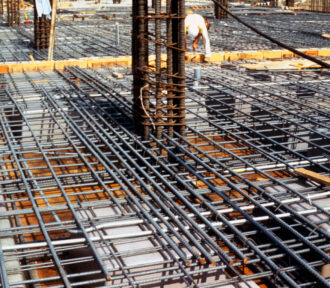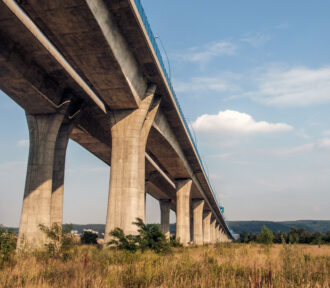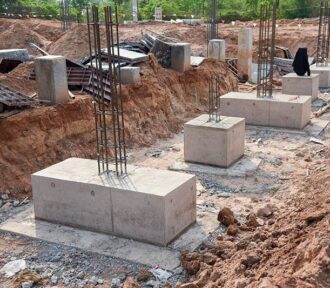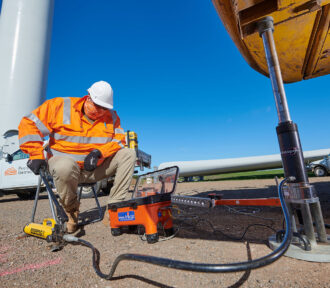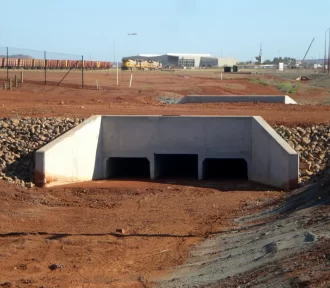This article provides guidance and recommendations on detailing of concrete slabs based on Eurocode 2
Category: Structures
This article explores the structural analysis and design of Corbels based on the guidance and recommendation of Eurocode 2 (part 1) Corbels have long been…
This fifth installment on the series on concrete bridges provides insights on the maintenance and management of concrete bridges.
This article provides insights and useful guidance on assessing thermal effects on building structures based on Eurocode 1 (part 5)
This article is concerned with the analysis of beams on elastic foundations. It provides a background and a suitable method that can be applied for hand calculations.
This article presents various methods of measuring foundation settlement from the result of field/ in-situ soil testing.
This article provides an overview of how to estimate settlement of spread foundation with a focus on Eurocode 7. The article also contains fully worked example.
This article explores forensic engineering from the perspective of failure investigation. It highlights what constitute an engineering failure and how the structural engineer should approach a failure investigation.
This article explores the plate load test and illustrates how to use data obtained during the test to determine the bearing capacity of soils. The…
This article gives an overview of the analysis and design of box culverts, the checks and verifications required to be carried out, and a worked example to the Eurocodes.
